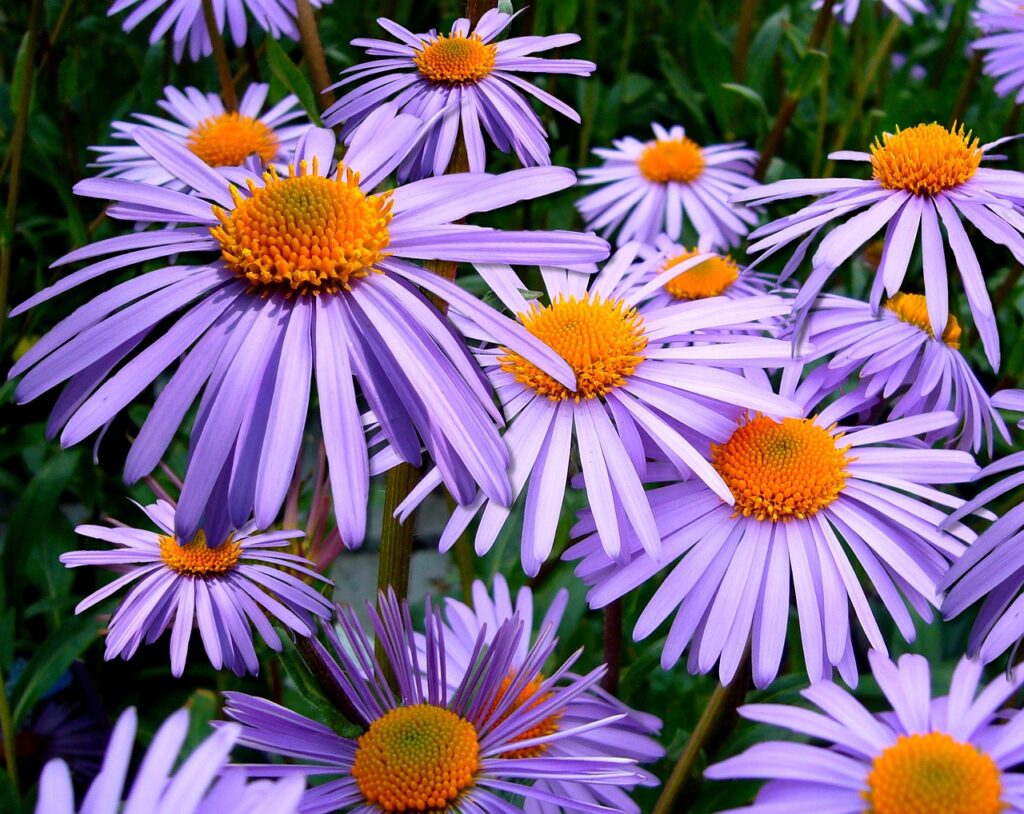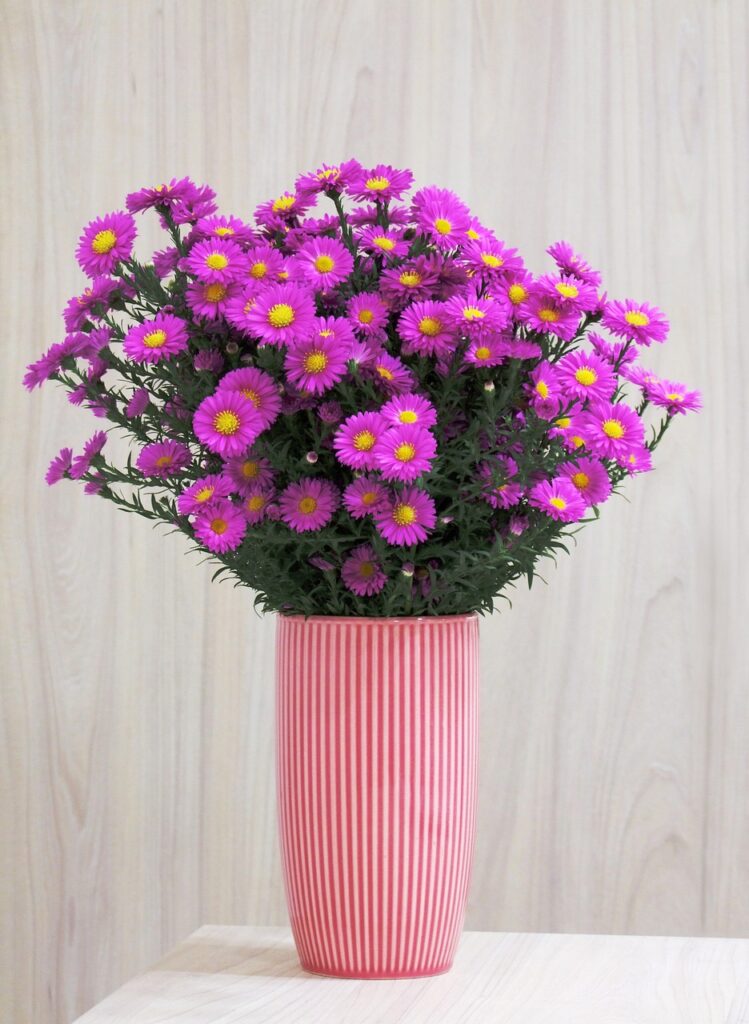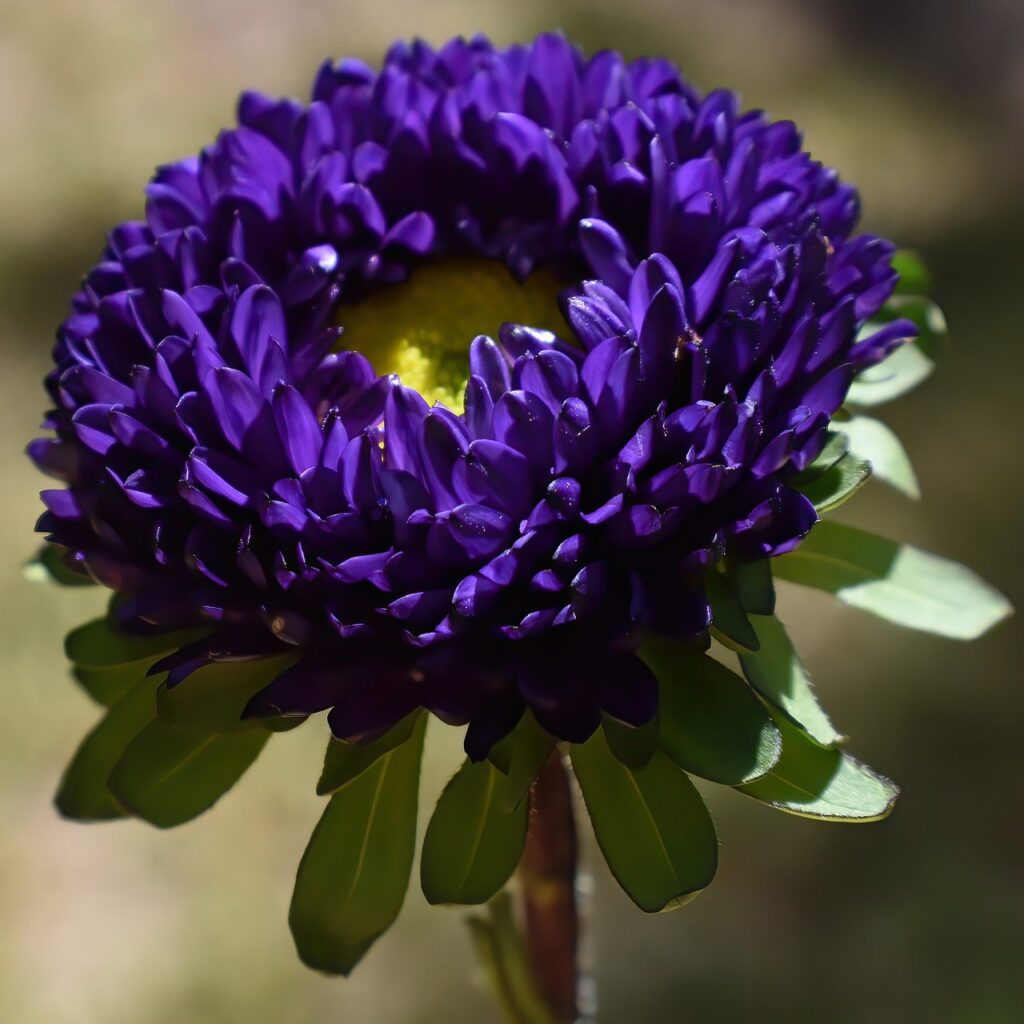
About Asters
Asters, known for their vibrant and daisy-like blooms, are a delightful addition to any garden. These hardy perennial plants belong to the Asteraceae family, offering a burst of color from late summer to fall. Understanding how to plant, grow, and care for these beauties can elevate your gardening experience.
Planting
When to Plant Asters
Choosing the right time to plant Asters is crucial for their successful growth. Aim for late spring or early fall, ensuring the soil is well-prepared and frost has passed. This timing allows the roots to establish before winter, leading to robust plants in the following seasons.

Recommended Varieties
North American Asters
1. Aster novae-angliae (New England Aster): Known for its stunning purple flowers, this native North American species attracts butterflies and bees.
2. Aster ericoides (Heath Aster): A compact variety with white or pink blooms, perfect for borders and rock gardens.

European/Eurasian Asters
1. Aster alpinus (Alpine Aster): Low-growing with vibrant blue or purple flowers, ideal for alpine gardens.
2. Aster amellus (Italian Aster): A classic choice with a wide range of colors, bringing elegance to any landscape.
How to Plant Asters
Prepare a well-draining soil enriched with organic matter. Dig a hole slightly larger than the root ball, place the Aster, and cover with soil. Ensure proper spacing to allow for adequate air circulation. Water thoroughly after planting and mulch to retain moisture.
Choosing the Right Variety of Aster
Selecting the right variety of Aster flowers is crucial for a successful garden. With numerous types available, ranging from the popular New England Aster to the compact Alpine Aster, it’s essential to consider factors such as height, color, and blooming season.
Selecting an Ideal Planting Location
Asters thrive in well-drained soil and ample sunlight. Choose a planting location that receives at least six hours of sunlight daily. Additionally, ensure the soil has good drainage to prevent waterlogging, which can lead to root rot.
Preparing the Soil for Planting
Before planting Aster seeds or transplants, prepare the soil by adding organic matter and a balanced fertilizer. This enhances the soil’s fertility and provides the necessary nutrients for robust growth. Adequate drainage is also crucial to prevent water-related issues.
Planting Aster Seeds or Transplants
Whether you opt for seeds or transplants, following the right planting techniques is key. For seeds, sow them in early spring, covering them lightly with soil. Transplants should be planted at the same depth as they were in their containers, ensuring proper root development.
Watering Techniques
Establishing a consistent watering schedule is vital for Aster flowers. Water deeply and regularly, especially during dry spells. However, be cautious not to overwater, as Asters are susceptible to root diseases in waterlogged conditions.
Mulching for Aster Flowers
Mulching helps retain soil moisture, suppress weeds, and regulate soil temperature. Apply a layer of organic mulch around the base of Aster plants, taking care not to cover the crowns. This promotes a healthier growing environment.
Providing Adequate Support
Taller varieties of Asters may require staking to prevent bending or breaking. Use bamboo stakes or similar supports and tie the stems gently to avoid damage. This is particularly crucial in windy locations.
Fertilizing Throughout the Growing Season
To ensure continuous blooming, fertilize Aster plants regularly during the growing season. Use a balanced fertilizer, and follow the recommended application rates. Avoid excessive nitrogen, as it can lead to lush foliage at the expense of flowers.
Pruning and Deadheading Tips
Removing spent blooms, a process known as deadheading, encourages new flower growth. Additionally, prune Aster plants in early summer to maintain a compact shape. This not only enhances aesthetics but also improves air circulation, reducing the risk of diseases.
Dealing with Pests and Diseases
While Asters are generally hardy, they can face challenges from pests and diseases.
Common Pests
1. Aphids: Keep an eye out for these tiny, sap-sucking insects. Use insecticidal soap or neem oil to control infestations.
2. Slugs and Snails: Place barriers or use pet-friendly slug and snail baits to protect your Asters from these slimy pests.
Diseases
1. Powdery Mildew: Ensure proper spacing and good air circulation to prevent this common fungal issue. Fungicidal sprays can be used as a preventive measure.
2. Aster Yellows: Remove infected plants promptly to prevent the spread of this bacterial disease. Choose resistant varieties when possible.
Extending the Bloom Period
To prolong the flowering period of Asters, consider pinching back the plants in early summer. This encourages bushier growth and delays flowering, resulting in a more extended bloom season.
Harvesting Aster Flowers
Harvest Asters when the blooms are fully open but before they start to fade. Use sharp scissors to cut the stems, and place the flowers in water immediately. Asters make delightful additions to bouquets and floral arrangements.
Overwintering Aster Plants
As winter approaches, prepare Aster plants by cutting back the stems and applying a layer of mulch for insulation. This protects the plants from frost and ensures they emerge healthy in the following spring.
Wit and Wisdom
Asters are not just beautiful; they also carry symbolism and cultural significance. In ancient times, they were believed to represent love and patience. Incorporate these charming flowers into your garden for a touch of history and meaning
Conclusion
In conclusion, cultivating a stunning Aster garden involves careful consideration of factors such as variety selection, planting location, and ongoing care. By following the tips outlined in this guide, you’ll be well on your way to enjoying the vibrant colors and beauty of Aster flowers throughout the seasons.
FAQs
- How often should I water my Aster flowers?
- Water Asters deeply and regularly, especially during dry periods. However, avoid overwatering to prevent root diseases.
- Can I grow Asters in containers?
- Yes, Asters can be grown in containers, provided the containers have proper drainage and the plants receive sufficient sunlight.
- Do Asters attract pollinators?
- Asters are known for attracting pollinators such as bees and butterflies, making them a valuable addition to pollinator-friendly gardens.
- What is the best time to fertilize Asters?
- Fertilize Asters throughout the growing season, starting in early spring. Use a balanced fertilizer and follow recommended application rates.
- Can I divide Aster plants to propagate them?
- Yes, Aster plants can be divided in early spring or fall to propagate and create new plants.












1 Comment
[…] How to Plant, Grow, and Care for Asters Flowers: A Comprehensive Guide […]